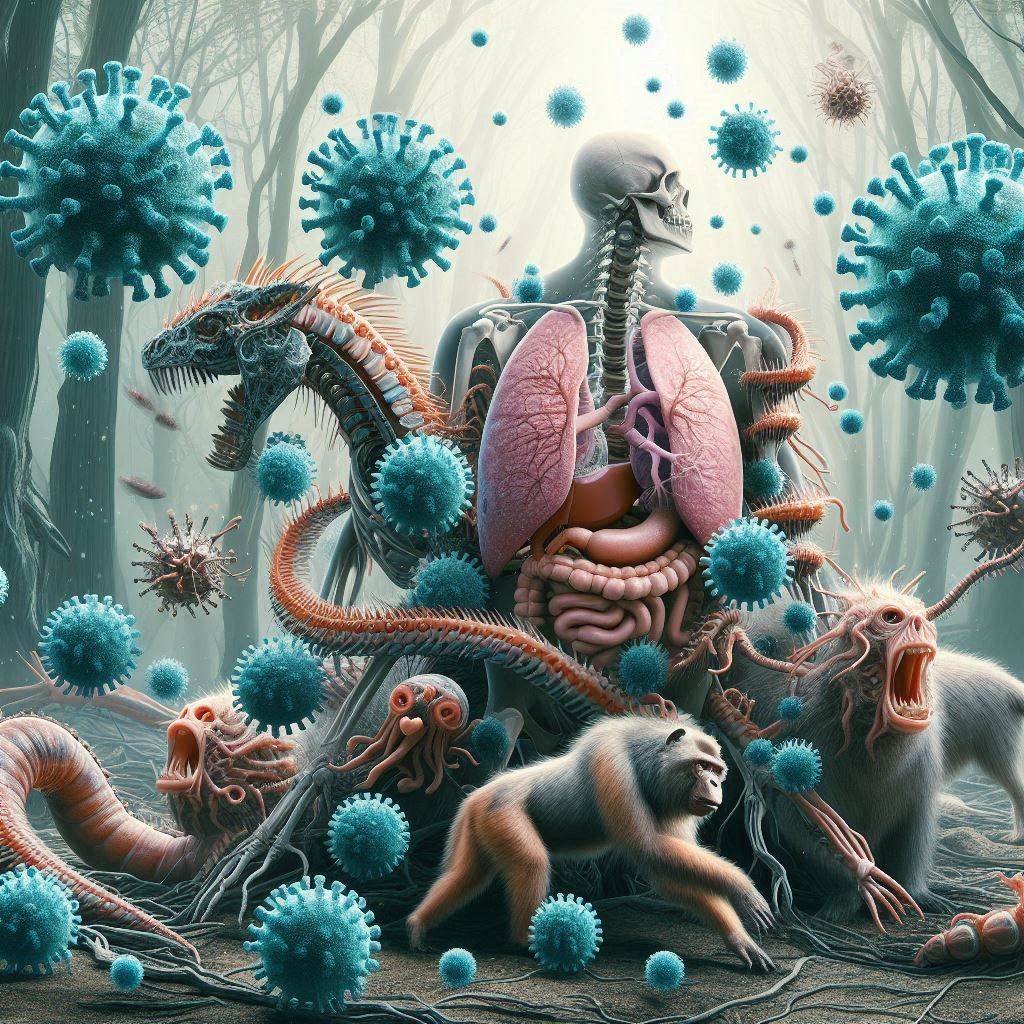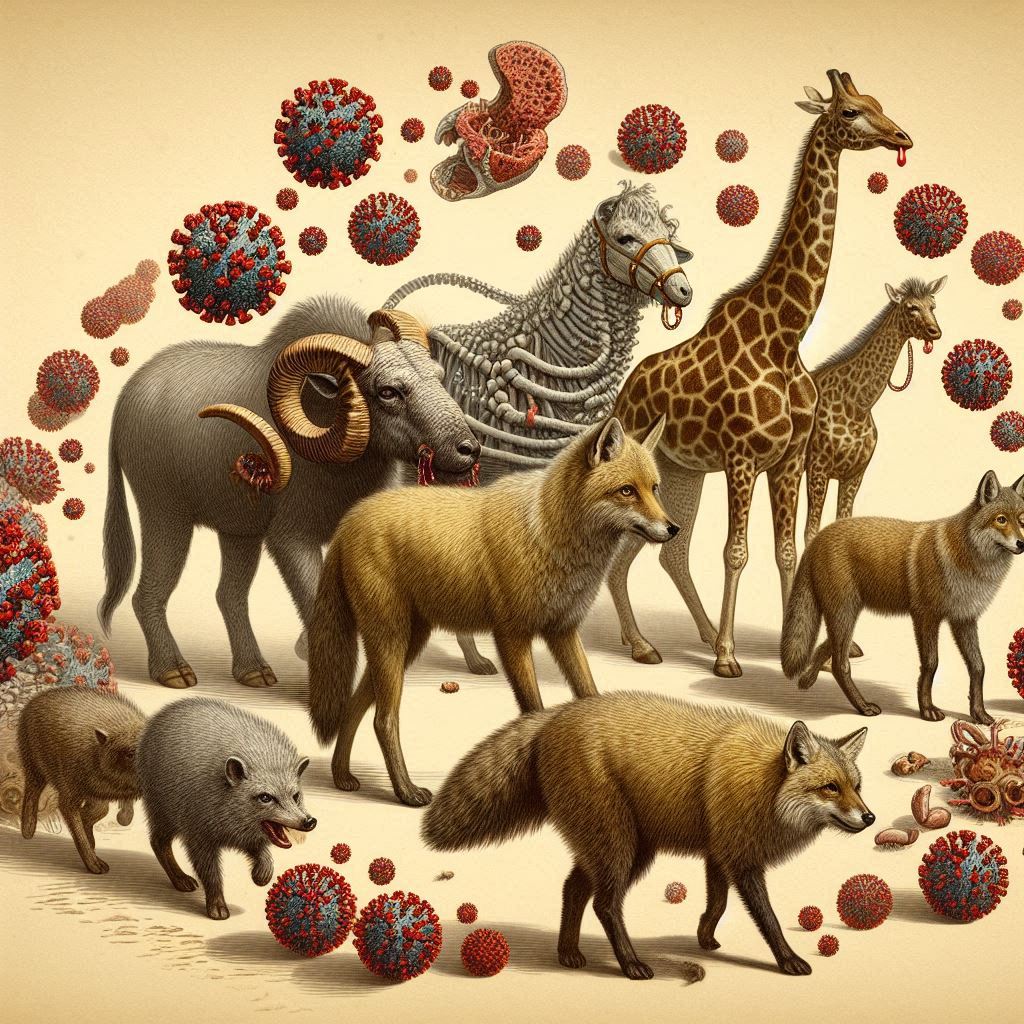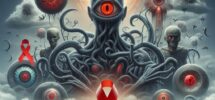Picture a bridge, invisible to the naked eye, stretching from the wild green heart of a rainforest to the crowded heart of a modern city. Over that bridge walked something microscopic — silent, uninvited, and world-changing. That something was a virus, and its journey from animal to human is called zoonosis. It is the hidden passage behind many deadly diseases. But few have asked the question more urgently than this: Where did AIDS come from?

To understand the origins of AIDS, we must explore that invisible bridge — and how a virus that once lived quietly in chimpanzees made the leap into human history.
Zoonosis: Nature’s Viral Exchange Program
Zoonosis is the scientific term for what happens when an animal virus crosses the species barrier and begins infecting humans. It doesn’t always succeed — most viruses die off in their new host. But sometimes, rarely, it mutates just enough to survive. And when it does, it can become a pandemic.
That’s exactly what happened with SIV (Simian Immunodeficiency Virus) — a virus that lived harmlessly in certain African primates for centuries. But somewhere in the early 20th century, it made its jump into humans, and changed form. That moment gave birth to HIV (Human Immunodeficiency Virus), the virus responsible for AIDS.
And so, again, we ask: Where did AIDS come from? It came from nature’s blueprint — rewritten across species lines.

The Moment of Contact: Blood, Meat, and Mutation
The transmission likely occurred during bushmeat hunting — a traditional practice where local communities hunt and butcher wild animals for food. When a human hunter came into contact with infected primate blood — perhaps through a cut or an open wound — the virus found a new host.
At first, it may have failed. But viruses are persistent. Through trial and error, it finally adapted, replicating successfully in human cells.
Thus, in answering “where did AIDS come from,” we begin in the forest, not the city. Not with medicine, but with meat. Not with malice, but with survival.
How the Virus Traveled
Once HIV took root in a human host, it needed roads to spread. People moved. So did the virus.
Still, it remained mostly hidden for decades — a slow tide rising unnoticed. It wasn’t until the early 1980s, when young men in U.S. hospitals began showing rare cancers and strange infections, that the medical world took notice.
By then, it was too late to stop the spread. The virus had crossed oceans. Entire populations were affected. The question “where did AIDS come from” became a mystery to solve — a riddle with roots in the jungle and consequences across the globe.
Zoonosis: A Repeat Offender
HIV is not the only disease caused by zoonosis. Ebola, SARS, and COVID-19 also followed similar paths. But HIV was different — it didn’t cause immediate symptoms. It could live inside a person for years, silently attacking the immune system. That delay gave it time to spread widely before anyone knew what it was.
In that silence, AIDS was born.
Lessons from the Leap
So now, as we ask once more, where did AIDS come from, we must understand: it came from nature — and from human interaction with it. The leap from animal to human wasn’t evil or intentional. It was ecological. It was biological.
The story of zoonosis and AIDS teaches us that health is not confined to humans alone. What affects one species can ripple through the rest. We are all connected — by blood, by breath, and by biology.
The Bridge Is Still Open
Where did AIDS come from? It came from a zoonotic leap — from the jungle to the bloodstream, from survival practices to global cities. That bridge still exists. Viruses still wait at the borders of species, testing the gate.
Awareness is our best defense. And history — if understood well — can be our guide.


